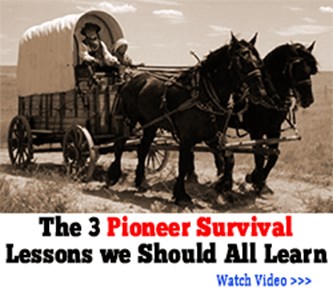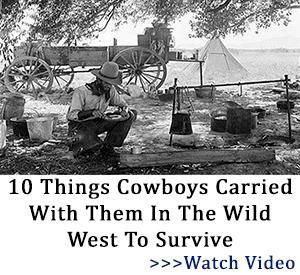We are so accustomed to the luxury and convenience of walking over to the fridge. And grabbing a snack or cruising through the drive-through of the local restaurant that finding food in the great outdoors seems frightening to many individuals.

Plants are a form of nourishment if you know which ones are edible and safe. Learn about plants and their edible parts by reading up on the topic or taking a hike with an experienced guide. Be wary of any unknown plants that may cause a harmful reaction.
Do be aware that some parts of plants may be edible while other parts of the plant are not. Focus on studying specific plants that are abundant in your area of travel. Learn which plants are edible and what varieties are poisonous in your region.
Animals are another option for food when it comes to survival. Humans need protein to survive and nature often provides wild animals for this purpose. If you are alone in the wilderness, you can trap animals for food. Also, if surface water is available in the area, fishing is a great option.

Preparation of the fish and game is equally as important as knowing how and where to find the animals. Learning the fish that are safe to eat, for example, is an outdoor survival skill, but knowing how to prepare the fish is a completely different task at hand. Some fish are safe to eat raw, but others must be cooked.
To survive, you will probably need to open your mind to new forms of food that are initially unappealing to you. Getting over the unappetizing idea is one of the largest issues for survivors, but it can be done in an emergency.
To be adequately prepared for an outdoor survival situation, you must learn the survival skills necessary to find food. Educate yourself about edible plants, wild game, and safe fish. Once you are knowledgeable about what you can eat, then it is important to learn how to prepare the food for consumption. This information can save your life in an emergency outdoor survival situation.





